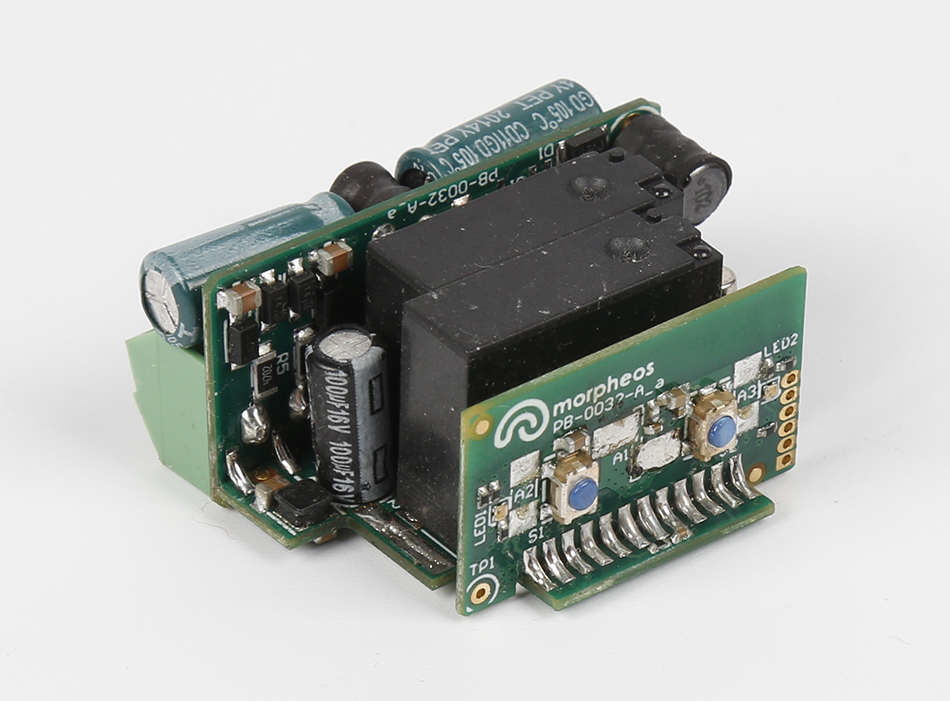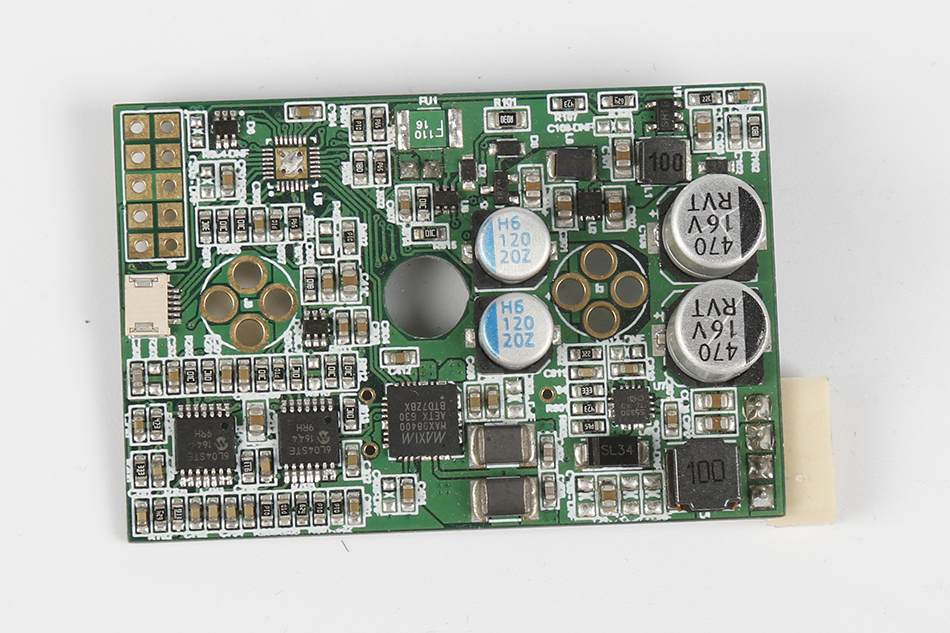-
- PCB TYPE
- PRINTED CIRCUIT BOARD PROTOTYPE ALUMINUM PRINTED CIRCUIT BOARD R&F PCB FPC HIGH FREQUENCY PCB HIGH-TG PCB HEAVY COPPER PCB HDI PCB PCB FOR LIGHTING METAL CORE PCB
time:Oct 28. 2025, 14:07:55
Printed Circuit Boards (PCBs) are the backbone of virtually all electronic devices. They allow for the electrical connectivity between different components and help bring electronic circuits to life. Understanding the PCB assembly process is crucial for anyone involved in electronics design, manufacturing, or repair. In this article, we will break down the PCB assembly process into its key stages, providing a comprehensive overview that is easy to understand.
PCB assembly is the process of soldering electronic components onto a printed circuit board. This involves several steps, each crucial to ensuring the final product functions correctly.
Before diving into assembly, it's important to understand that a successful assembly process begins with a well-thought-out PCB design. PCB design involves creating a schematic diagram that outlines the electronic components and their connections. This blueprint is essential as it guides the assembly process and ensures that all components fit and function as intended.

The first step in the PCB assembly process is applying solder paste to the board. Solder paste is a mixture of tiny solder balls and flux, which helps the solder melt and bond to the board and components. The paste is applied to the board using a stencil, which ensures it only goes on the areas where components will be placed.
Once the solder paste is applied, the next step is placing the electronic components onto the board. This is typically done using automated machines, known as pick-and-place machines, which precisely position each component according to the PCB design. This stage is critical as any misalignment can result in a malfunctioning product.
With the components in place, the next step is soldering them to the board. There are different soldering methods, but the most common are reflow soldering and wave soldering.
Reflow Soldering: This method involves passing the board through a reflow oven. The heat from the oven melts the solder paste, creating a bond between the board and the components.
Wave Soldering: Used mainly for through-hole components, this method involves passing the board over a wave of molten solder that coats and bonds the component leads to the board.
After soldering, the assembled PCBs undergo a thorough inspection to ensure all components are correctly placed and soldered. This can be done visually or using automated optical inspection (AOI) systems that use cameras and software to detect any defects.
Once the boards pass inspection, they are tested to verify their functionality. This involves running various electrical tests to ensure the circuit performs as expected. Any boards that fail testing are sent back for rework and repair.

The PCB assembly process is not without its challenges. Manufacturers must navigate issues such as component shortages, design errors, and the need for precise temperature control during soldering. Additionally, as electronic devices become more complex, PCBs are also becoming more intricate, requiring advanced assembly techniques and equipment.
In recent years, the PCB manufacturing and assembly industry has seen several trends aimed at improving efficiency and quality. These include:
Miniaturization: The demand for smaller electronic devices has led to the development of more compact PCBs with densely packed components.
Automation: To meet the demand for faster production times, manufacturers are increasingly relying on automation to perform assembly tasks with greater speed and accuracy.
Environmentally Friendly Practices: There's a growing emphasis on using eco-friendly materials and processes to reduce the environmental impact of PCB manufacturing and assembly.

The PCB assembly process is a complex but essential part of electronics manufacturing. From designing the PCB to soldering components and conducting rigorous testing, each step plays a vital role in ensuring the functionality and reliability of electronic products. By understanding this process, designers and manufacturers can improve their products' quality and performance, ultimately leading to more successful electronic devices.
In summary, whether you're a designer, manufacturer, or electronics enthusiast, having a firm grasp of the PCB assembly process is invaluable. It allows you to appreciate the intricacies involved in bringing electronic circuits to life, and it equips you with the knowledge needed to troubleshoot and refine the assembly process for optimal results.

Got project ready to assembly? Contact us: info@apollopcb.com



We're not around but we still want to hear from you! Leave us a note:

Leave Message to APOLLOPCB
